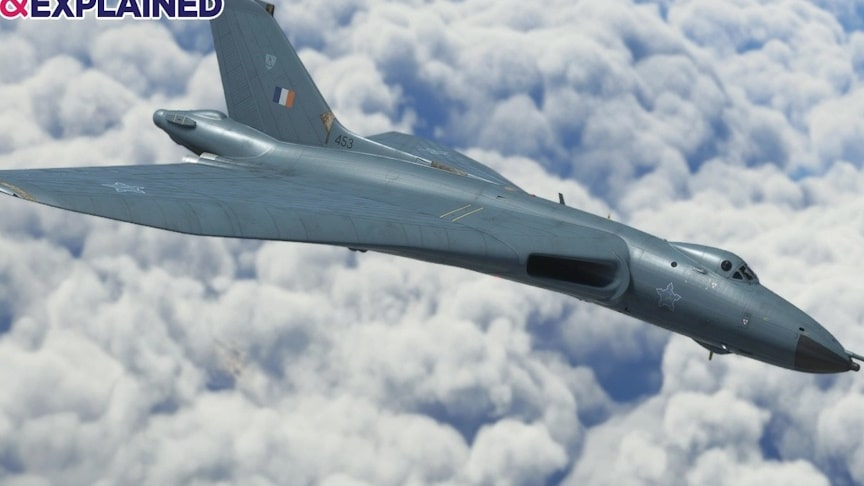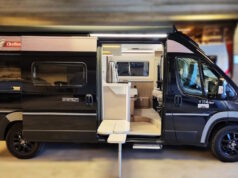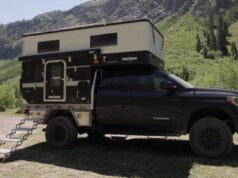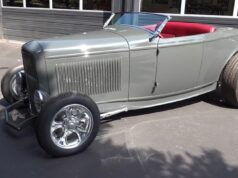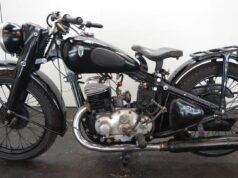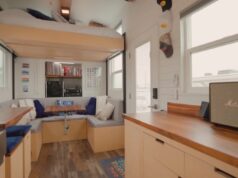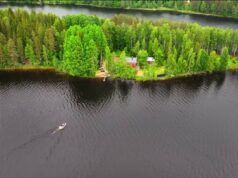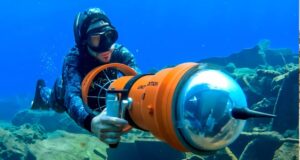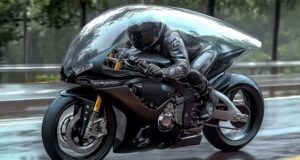The Avro Vulcan was a jet-powered, tailless, delta-wing, high-altitude, strategic bomber, which was operated by the Royal Air Force (RAF) from 1956 until 1984. Aircraft manufacturer A.V. Roe and Company (Avro) designed the Vulcan in response to Specification B.35/46.
source.image: Found And Explained
Despite its radical and unusual shape, the airframe was built along traditional lines. Except for the most highly stressed parts, the whole structure was manufactured from standard grades of light alloy. The airframe was broken down into a number of major assemblies:
The centre section, a rectangular box containing the bomb bay and engine bays bounded by the front and rear spars and the wing transport joints; the intakes and centre fuselage; the front fuselage, incorporating the pressure cabin; the nose; the outer wings; the leading edges; the wing trailing edge and rear end of the fuselage; and a single swept tail fin with a single rudder was on the trailing edge.
Advertisement
The Rolls-Royce Olympus, originally known as the “Bristol BE.10 Olympus”, is a two-spool, axial-flow turbojet that powered the Vulcan. Each Vulcan had four engines buried in the wings, positioned in pairs close to the fuselage. The aircraft was controlled by a fighter-type control stick and rudder bar, which operated the powered flying controls, which each had a single electrohydraulic-powered flying control unit, except the rudder, which had two, one running as a back-up.

